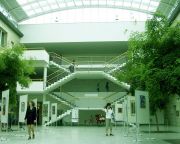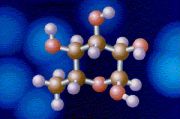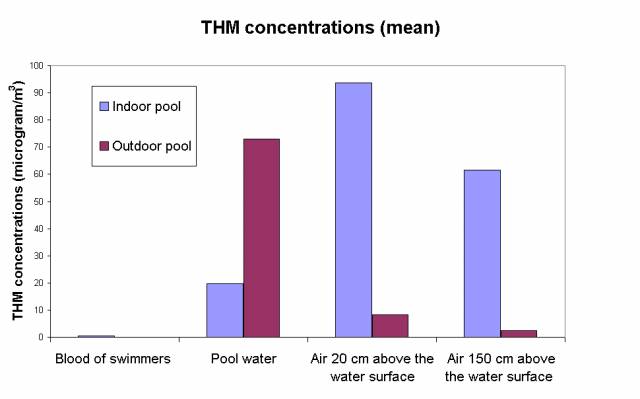


 |
Index page |
|
|
|
TASK 2
DILUTION, VENTILATION If a chlorination system already exists and you do not want to change it for an Ozonation system, an alternative can be the dilution/ventilation. As you can see on the following graph, there is more THM in indoor swimming pools than in outdoor ones. That is because in outdoor swimming pools, wind dilutes the pollutants. Besides, you can note that pollutants are especially present in the air above the pool. So ventilation may be a good solution for decreasing the pollutants’ concentrations in indoor swimming pools.
It is important to note that most of the pollution in indoor air of the swimming pool is due to trichloramine because it is a highly volatile compound. There are also chloroform, formaldehyde and phenols in the air of swimming pools. Usually the cause of the build-up of these pollutants in the air is a poor air turnover. Indeed, a poor movement of fresh air over the pool surface combined with the use of recycling devices to control heating costs, lead to a poor air exchange. The recycled air flowing over the pool gets saturated with chlorine irritants ad it can no longer absorb or pick up new by-products coming off the pool. So the solution is to improve air movement over the pool and to increase the air turnover rate. There are some criteria to take into account for a good swimming pool air quality. First the limit of comfort for trichloramine is about 0,5 mg/m3 at 1,5 m of height with regard to the water level, according to INRS (French institute). A Concerning the air exchange rate, there must be 4 to 6 changes per hour, and 6 to 8 changes per hour for pools with spectator facilities. For the swimming pool ventilation, the French standard proposes a ventilation rate of 22 m3/h and per person. According to the ASHRAE (American Society of Heating Refrigeration and Air Conditioning Engineers) standards, it must be 2,5 L/s/m2 in the pool area, and an additional amount of 8,0 L/s/person is required if the facility has a spectator area. The water temperature should be 26-27°C for swimming pools in general (occasionally lower for competitive swimming), and 30-32°C in learners pools intended for children. And finally the relative humidity should be about 50 to 60%. In fact, should the relative humidity drop below 50%, the evaporation rate will increase significantly. Indeed, the evaporation rates of chlorine by-products vary with the indoor humidity but also with air and water temperatures. So ventilation can be a solution to dilute chlorine by-products (especially trichloramine) in the air of indoor swimming pools. But it is also necessary to minimize the evaporation rate by respecting the precedent criteria.
You can send comments: aub@niras.dk
Started by NIRAS supervisor Sergio Fox on 27th March 2006. © COPYRIGHT 2001 ALL RIGHTS RESERVED Aurelie.dk |

